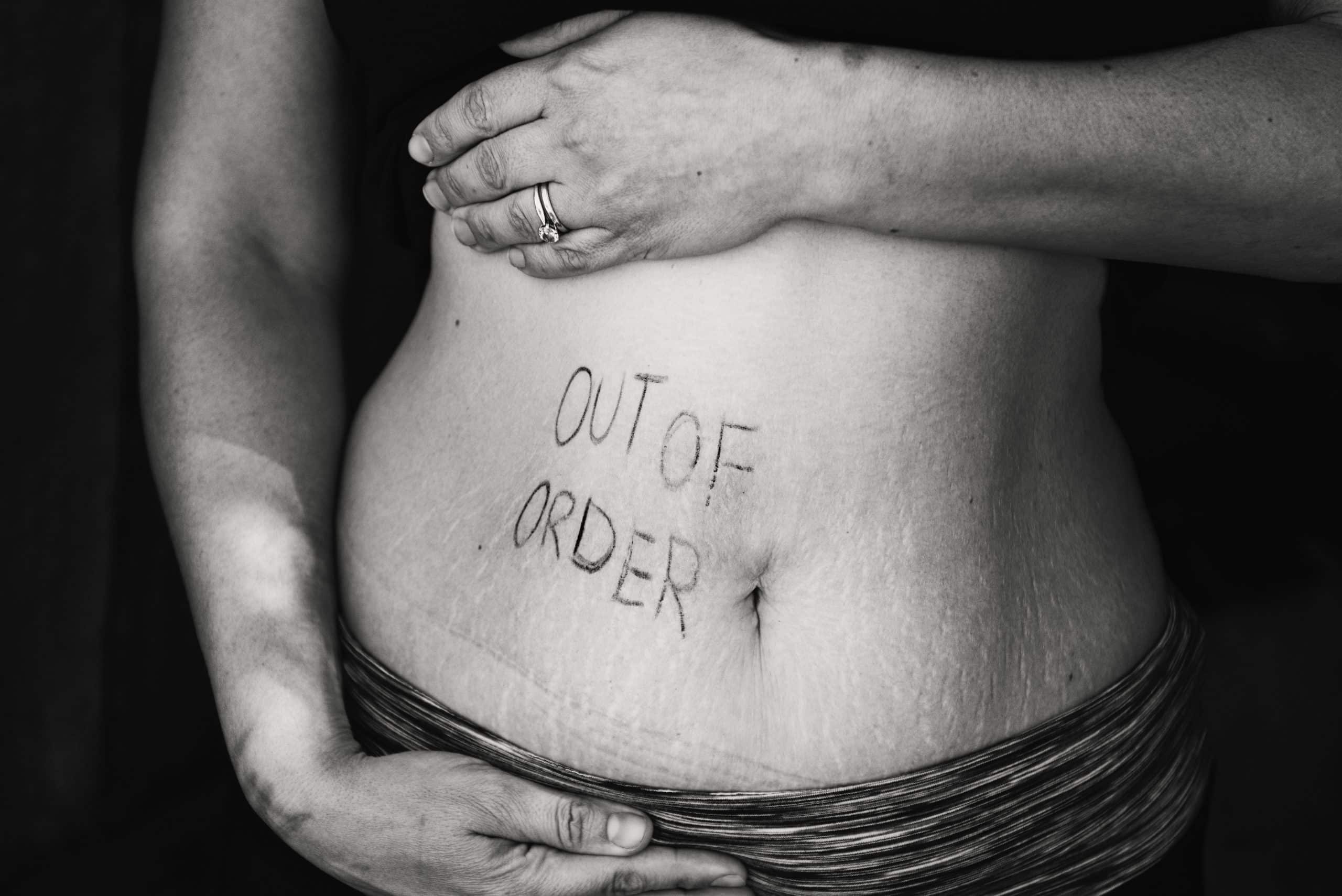
Download the free "5 MUST KNOW AB EXERCISES"
- Follow-along Workout Plan Included
- Start Burning Fat and Tone Up

 IBS—irritable bowel syndrome affects the large intestine and has symptoms that include cramping, bloating, excessive gas, either constipation or diarrhea, abdominal pain and sometimes fecal incontinence. While the symptoms come and go, when you do have a flair up, it can be unexpected and last for hours, days, or even months. While making lifestyle changes can help, such as getting regular exercise or eating healthier, it’s not always easy. Sometimes, just going to a gym can create anxiety that brings on an attack.
IBS—irritable bowel syndrome affects the large intestine and has symptoms that include cramping, bloating, excessive gas, either constipation or diarrhea, abdominal pain and sometimes fecal incontinence. While the symptoms come and go, when you do have a flair up, it can be unexpected and last for hours, days, or even months. While making lifestyle changes can help, such as getting regular exercise or eating healthier, it’s not always easy. Sometimes, just going to a gym can create anxiety that brings on an attack.
Most common triggers for IBS are in the category of food. In fact food may account for as much as 60% of the problem. Sometimes it occurs with an intolerance, such as lactose or gluten intolerance, other ties it’s a specific type of food, like spicy or sugary food. Hormonal changes, some medications, a GI infection or even emotional stress can also cause an attack. Even though exercise isn’t normally a trigger, it may be if it’s prolonged and intense. However, mild to moderate activity may actually help.
If stress is a trigger for IBS and exercise relieves stress, it only makes sense that in that particular case, it would be beneficial for people with IBS. In one study, it was found that people who exercised decreased the severity of their symptoms, compared to those who didn’t. Another study found that people who were less active tended to be more likely to have IBS. One of the reasons for the benefit was stress relief. Another was improved sleep, since poor sleep habits can trigger a flare-up. Exercise also helped clear the body of gas and bloating, while aiding in bowel movements that prevented constipation.
If you haven’t exercised at all, start with something simple. Make it a point to walk for ten minutes three time a day, or once a day for a half hour. Walking is low impact and can be done almost anywhere. It reduces stress and is low impact. Bicycling, swimming, low impact aerobics, bodyweight workouts and stretching can help.
For more information, contact us today at Prime Fitness Studio